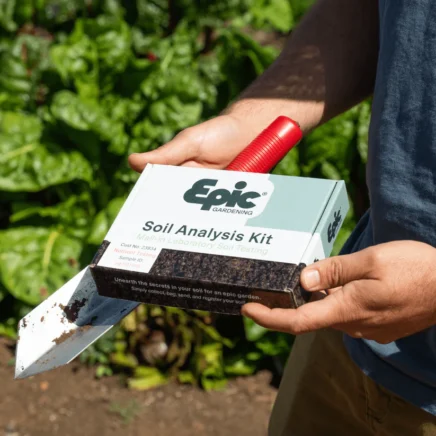Whether you’re establishing a new garden, measuring fertilizer, or diagnosing a yellowing plant, how do you know what’s going on in your soil? You don’t have to make random guesses that may waste your time or money. The benefits of soil testing include more precise amendment applications, better assessments of plant health, and less risk of over-fertilizing.
Soil testing may seem overly scientific or complicated to home gardeners, but modern innovations have made the process ridiculously easy. All you need to do is collect a few samples, mail them in, and receive a detailed analysis of what your soil contains.
Historically, analyses were mainly used by commercial growers and scientists, but modern innovations make it easier than ever for gardeners to understand what’s happening below ground. Here at Epic Gardening, we wanted to develop a test that made collection simple, provided comprehensive results, and included clear recommendations for improving your soil. This season, we’ve launched our Epic Soil Analysis Kit, which gives you results in as little as a week.
Let’s dig into the benefits of soil testing and the simplest way to test.
Epic Gardening Soil Analysis Kit
The Epic Gardening Soil Testing Kit:
- measures soil pH, structure, and fertility
- tests for macro and micronutrients present in the soil
- gives you results in as little as one week
- includes an easy-to-read PDF with results
- offers specific amendment recommendations
Why Should I Test My Garden Soil?
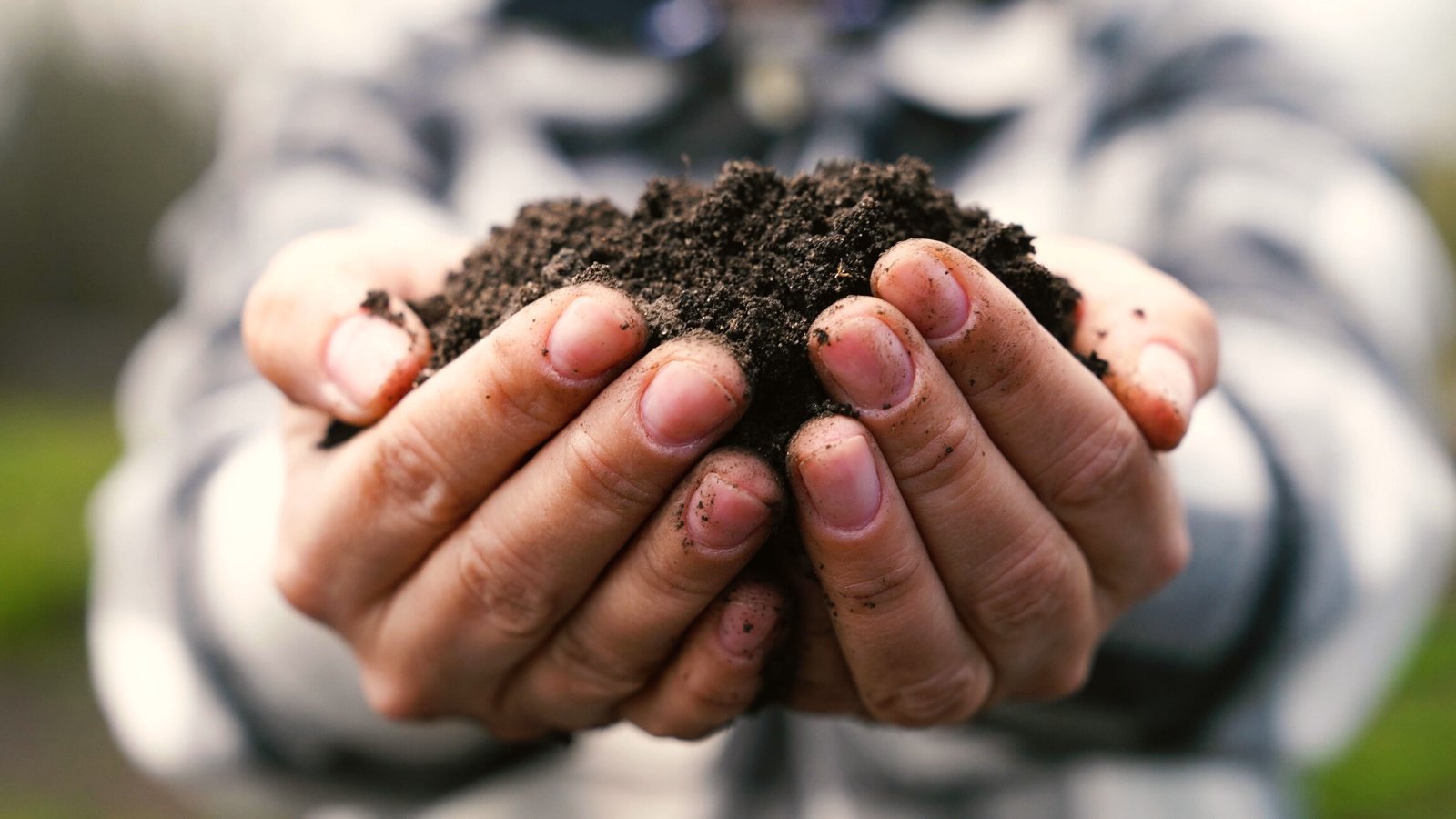
Testing your soil is the most scientifically accurate way to know what plant nutrients are present and how much fertilizer you should apply. Testing is important for understanding pH, micronutrient imbalances, and potential deficiencies.
An analysis can help you prevent over-fertilizing so you don’t contribute to nutrient leaching or other environmental issues. Better yet, testing can save you money and time by helping you streamline your amendment applications.
5 Benefits of Soil Testing in Your Garden
How do you find out what’s in your soil? You can wait until plants display symptoms of deficiencies and problems, or you can take proactive measures to properly amend your soil for the best plant growth possible.
Testing is a simple way to ensure you are providing your plants with the nutrients they need while avoiding over-fertilizing. A thorough analysis of your garden dirt helps boost yields, improve plant health, reduce environmental problems, and save money! Here’s how soil tests can benefit a gardener:
Make Informed Fertilizer Decisions

Spreading fertilizer can feel like a guessing game, potentially leading to problems like under-fertilizing, over-fertilizing, or fertilizer leaching. Instead of blindly applying plant nutrients, a soil test will give you a science-backed number to explain what nutrients are currently present in your garden. You can use these numbers to calculate how much fertilizer or compost you need to apply to meet your plant needs.
Plants require macronutrients and micronutrients to thrive. Macronutrients are the three classic fertilizer ratios that are needed in larger quantities to support plant growth:
- N=Nitrogen: The most crucial nutrient for leaf and stem growth, nitrogen promotes vegetative growth and contributes to the overall green health of plants. It is a key component of chlorophyll, which is crucial for photosynthesis.
- P=Phosphorus: Vital for energy storage, root development, flowering, and fruiting, phosphorus promotes strong roots and reproductive growth.
- K=Potassium: This nutrient is crucial in enzyme activation and water uptake. Potassium increases the plant’s resistance to diseases and drought. It also improves the strength of plant cells.
There are also secondary macronutrients, which are minerals that plants need in moderate amounts:
- S=Sulfur: This is a key component of amino acids, proteins, and plant vitamins.
- Ca=Calcium: Essential for cell wells and strong plant tissues, calcium prevents disorders like blossom end rot.
- Mg=Magnesium: Plants cannot photosynthesize or uptake other nutrients without magnesium.
Micronutrients are essential for plant growth and yields, but they’re required in smaller amounts. They include:
- B=Boron: Vital for cell division, pollen transfer, and seed development.
- Zn=Zinc: Aids plants in producing enzymes and growth hormones.
- Mn=Manganese: Involved in photosynthesis and nitrogen metabolism in plants.
- Fe=Iron: Iron is part of the chlorophyll molecule and is crucial for producing plant energy.
- Cu=Copper: Plants cannot respire or metabolize nutrients without copper.
- Mo=Molybdenum: This nutrient is essential for nitrogen fixation.
- Cl=Chlorine: Chlorine contributes to water movement and proper pressure in plant cells.
Most analyses test for these nutrients. However, not all soil tests are created equal! There are many types of lab analyses that can be used, some being more accurate than others. In the past, labs were mostly marketed toward commercial growers, which means their numbers laboratory reports were calculated based on acreage and pounds of fertilizer. Use a gardener-specific test, such as the Epic Soil Analysis Kit, to ensure that your results are applicable to a small-scale garden.
Even more importantly, certain tests provide easy-to-read results, while others use complicated scientific jargon. In order for a test to actually be useful in the garden, you must be able to understand what the numbers mean. The Epic Soil Analysis Kit includes data explanations and expert recommendations based on the square footage of your garden. This makes it a lot easier to understand the best fertilizer options and application amounts for certain crops.
Ensure Strong Yields and Healthy Plants
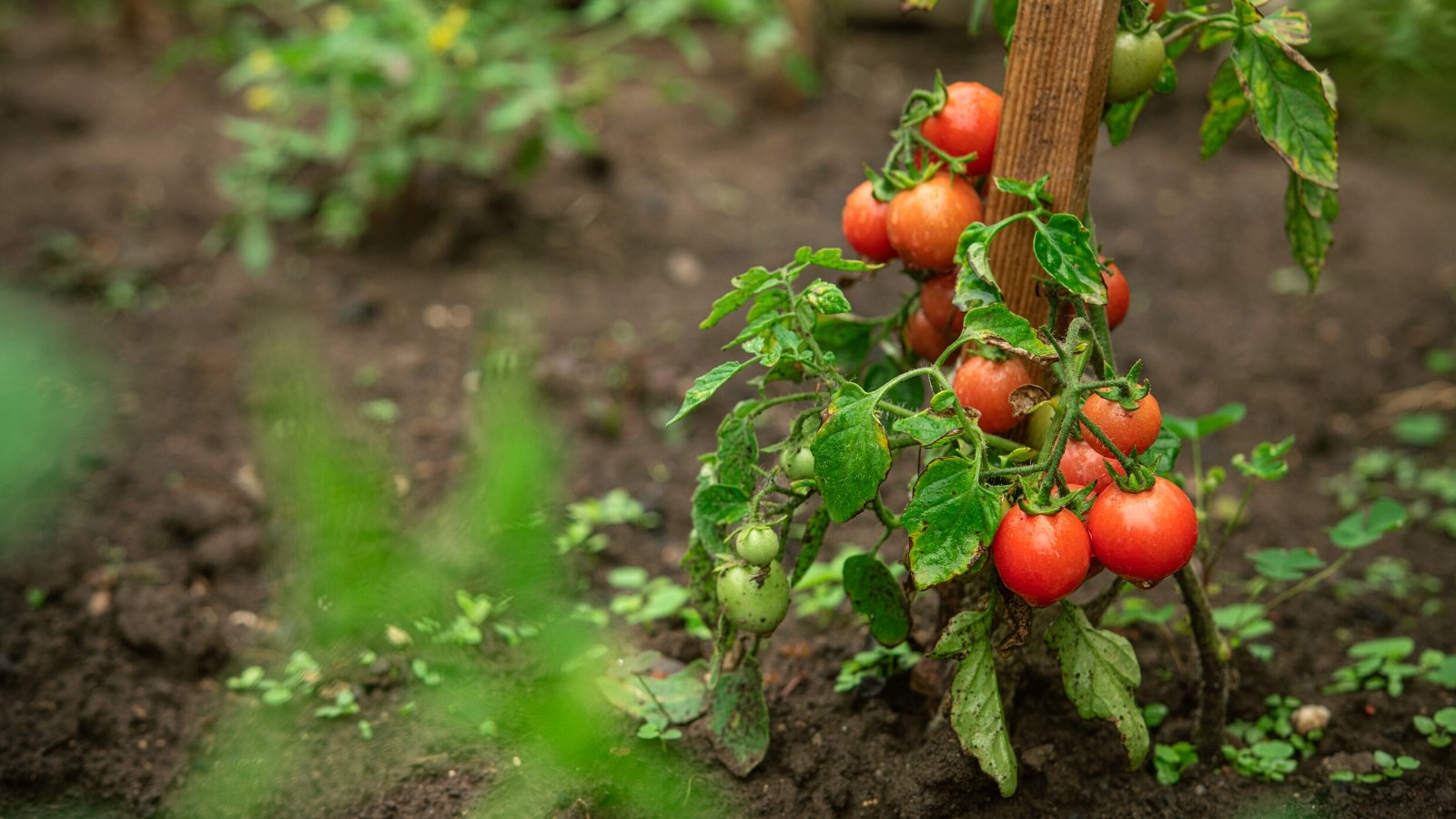
You can think of a soil test like the blood work labs you get from your doctor. These lab analyses tell you the minerals and vitamins present in your system. Much like the human body, plants need the proper nutrients to remain strong, healthy, and resistant to pests or diseases.
You are unlikely to win a marathon if your blood is severely lacking in certain vitamins or nutrients. Similarly, a tomato plant is unable to yield huge amounts of juicy tomato fruits if it doesn’t have the proper minerals where it is growing.
When you understand the soil composition, you can create a better environment for plant growth. Nutrient issues are one of the main reasons for reduced yields in vegetable, fruit, and ornamental plants. It is impossible for plants to produce to their highest capacity without the proper nutrients. Whether you’re starting a new garden or assessing an established bed, a test lays the groundwork for meeting your plant’s needs so they can yield in abundance in the upcoming season.
Correct pH Issues
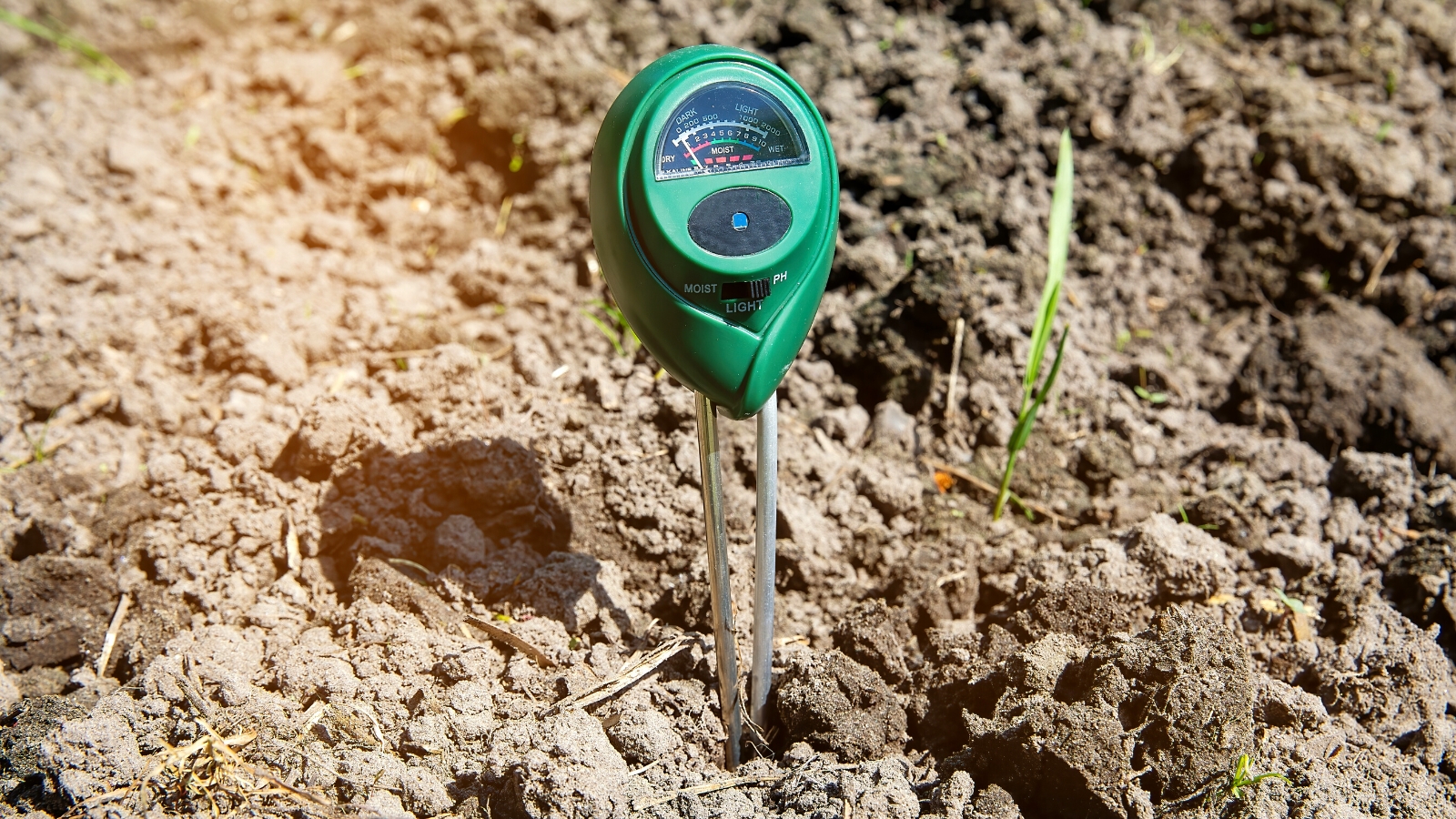
Soil pH describes the acidity or alkalinity of the ground. The pH scale measures the acidity of the soil from 0 (battery acid) to 14 (alkali drain cleaner). Most healthy garden soils fall in the middle around a neutral 7 (water). But if your pH is off, plants can have a lot of trouble growing and uptaking nutrients.
Every plant has a specific pH level where it grows best. Most vegetables enjoy a fairly neutral pH between 6.0 to 7.0. Some plants like blueberries and rhododendrons require much more acidic soils, around 4.5 to 5.5. Only a few plants can tolerate alkaline soil (above 7.3) because high alkalinity leads to reduced availability of plant nutrients.
There are many different amendments on the market for adjusting pH, but there’s no way to determine how much to apply without testing first. At-home pH tests can be useful, but they usually aren’t as accurate as a lab test. If you send in a sample with the Epic Soil Testing Kit, you will receive an in-depth analysis of the acidity or alkalinity in that area of your garden, plus recommendations on how to remedy the pH for the plants you’re growing.
Common pH adjustments include:
- Agricultural lime: Used to fix acidity and raise the pH
- Dolomite: Raises pH
- Sulfur: Makes overly alkaline soil more acidic to improve nutrient availability
- Pine Needles: Gradually lowers pH (makes it more acidic) over many years
- Peat Moss: Gently lowers pH over long-term applications
- Gypsum: Doesn’t directly lower pH but aids in calcium availability
Diagnose Nutrient Deficiencies and Plant Problems
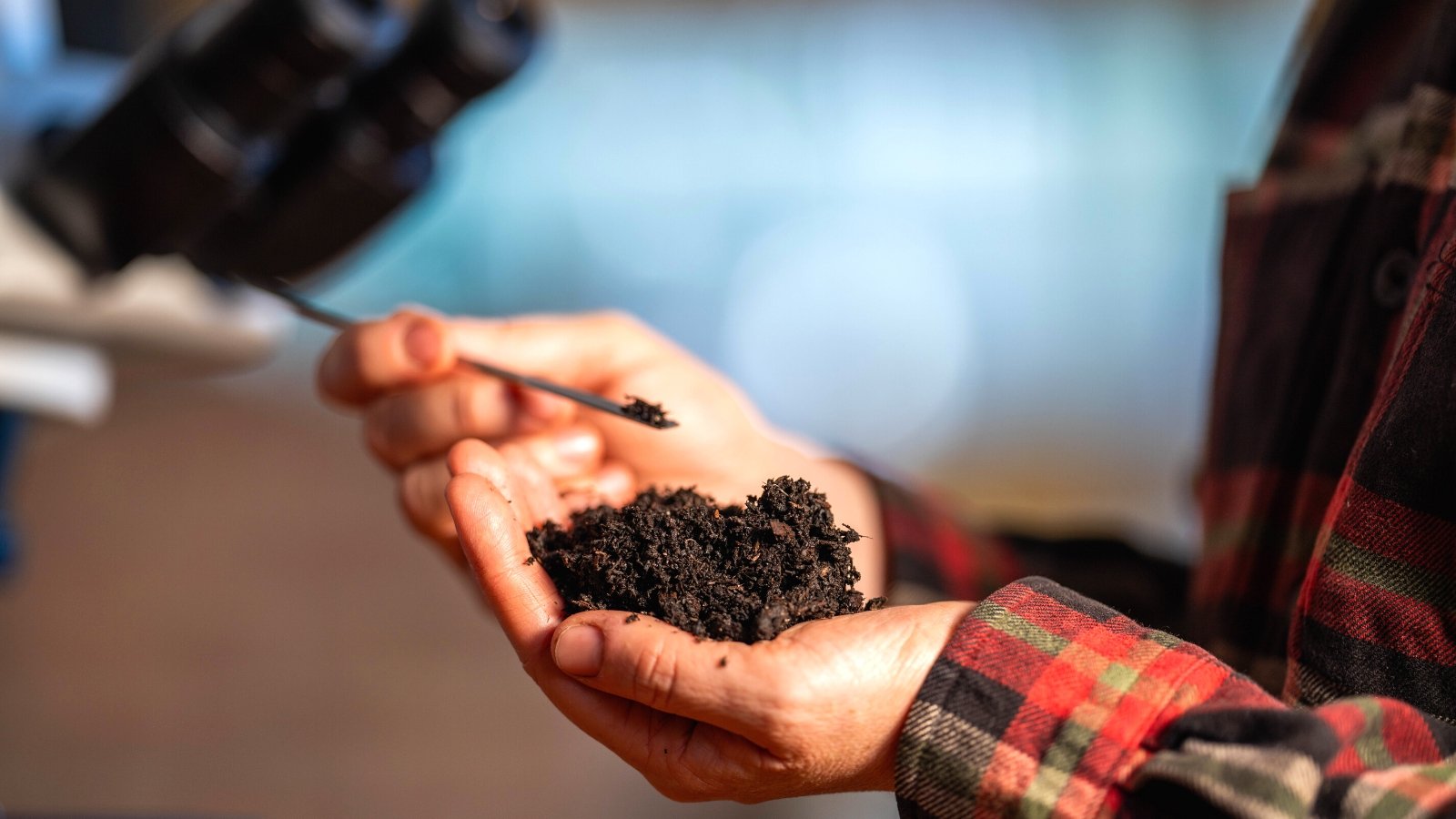
Many beginner gardeners inadvertently under-fertilize or over-fertilize their plants, causing deficiencies or imbalances in nutrients. A deficiency is easy to understand; the plant isn’t getting enough of something it needs. However, nutrient balance is more complex because minerals don’t operate independently.
In other words, plant nutrients have complex interactions with minerals and microorganisms below ground. A delicate balance of nutrients is necessary because an excess of some nutrients can cause deficiencies in other nutrients.
For example, an excessive amount of potassium can make it difficult for plants to uptake nitrogen and calcium. If your plant has chlorotic (yellow) leaves and slow growth, you may think that it has a nitrogen deficiency. A test may reveal that there is actually plenty of nitrogen, but the large amounts of potassium are blocking your plant from absorbing the nitrogen.
You can see how things get complicated pretty quickly. After all, soil is an extremely intricate belowground ecosystem composed of billions of microorganisms, a huge diversity of minerals, and all sorts of reactions happening on a microscopic level.
As someone who studied soil science extensively, I can assure you that these things get overwhelming. Some people spend their entire lives studying soil microbiology and organic chemistry, only to discover that data from 10 years ago is now irrelevant because new scientific discoveries about the intricacies of plant-mineral interactions are constantly evolving. I decided that I just wanted to grow plants, so nowadays, I leave the nutrient analyses to the experts.
Most of us are gardeners, not chemists. A major benefit of tests is that they make it easier to understand what our plants need without getting “lost in the weeds” of mineral data and nutrient imbalances. Your test will tell you what nutrients are missing and which ones are present in large amounts. If an imbalance is present, such as nitrogen toxicity, the lab report will let you know and make suggestions to remedy the problem.
Avoid Over-Fertilizing or Nutrient Leaching
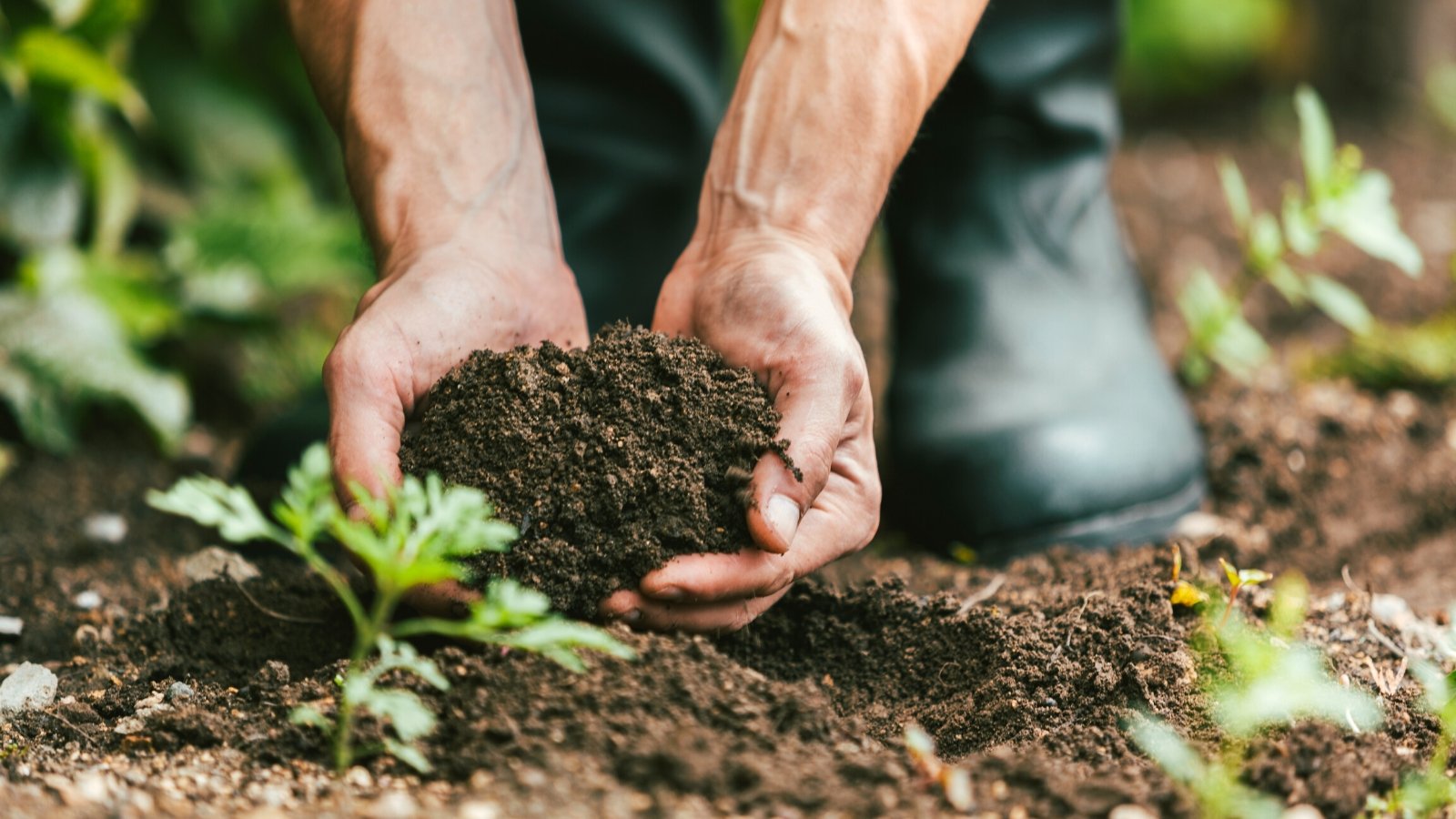
Over-fertilizing is a major issue for plant health and the health of your local ecosystem. Too many nutrients can cause the imbalances described above, as well as major plant illnesses like fertilizer burn. Symptoms of fertilizer burn include burnt-looking yellow or brown spots on plant foliage or crunchy leaves. Plants may drop their leaves or, in extreme cases, they’ll die. This is particularly problematic with synthetic quick-release fertilizers.
Fertilizer leaching happens when excessive amounts of nutrients are flushed through the soil by rainfall or irrigation, leading to contaminated groundwater, streams, and rivers. The leaching of nutrients can severely harm microbes as well as native aquatic life.
On a larger scale, excessive fertilizer use contributes to massive ecological disasters such as the Dead Zone in the Gulf of Mexico. This is a region of over 4,000 square miles where no fish or ocean life can survive because the water has been so depleted by oxygen. This happened because of synthetic fertilizer and nutrient runoff from streams into the Mississippi River and into the gulf, leading to an overgrowth of algal blooms that soak up all the nutrients and oxygen from the water.
In our gardens and landscapes, over-fertilization may not have as huge of an effect as a large-scale industrial farm near the Mississippi River. However, excess nutrients from a lawn or garden can still harm localized streams and waterways if they are applied in excess amounts that your plants cannot use. Moreover, over-applying fertilizer means you are wasting money. If you perform a test, you’ll know exactly how much fertilizer your plants need, so you don’t waste money purchasing unnecessary garden amendments.
How to Do a Simple Soil Test
Clearly, there are many benefits of soil testing for garden yields, plant health, ecology, and your wallet. Thanks to modern innovations, analyses are no longer super expensive or inaccessible. You can analyze your soil in less than 15 minutes and receive results within a few days.
Order an Analysis Kit
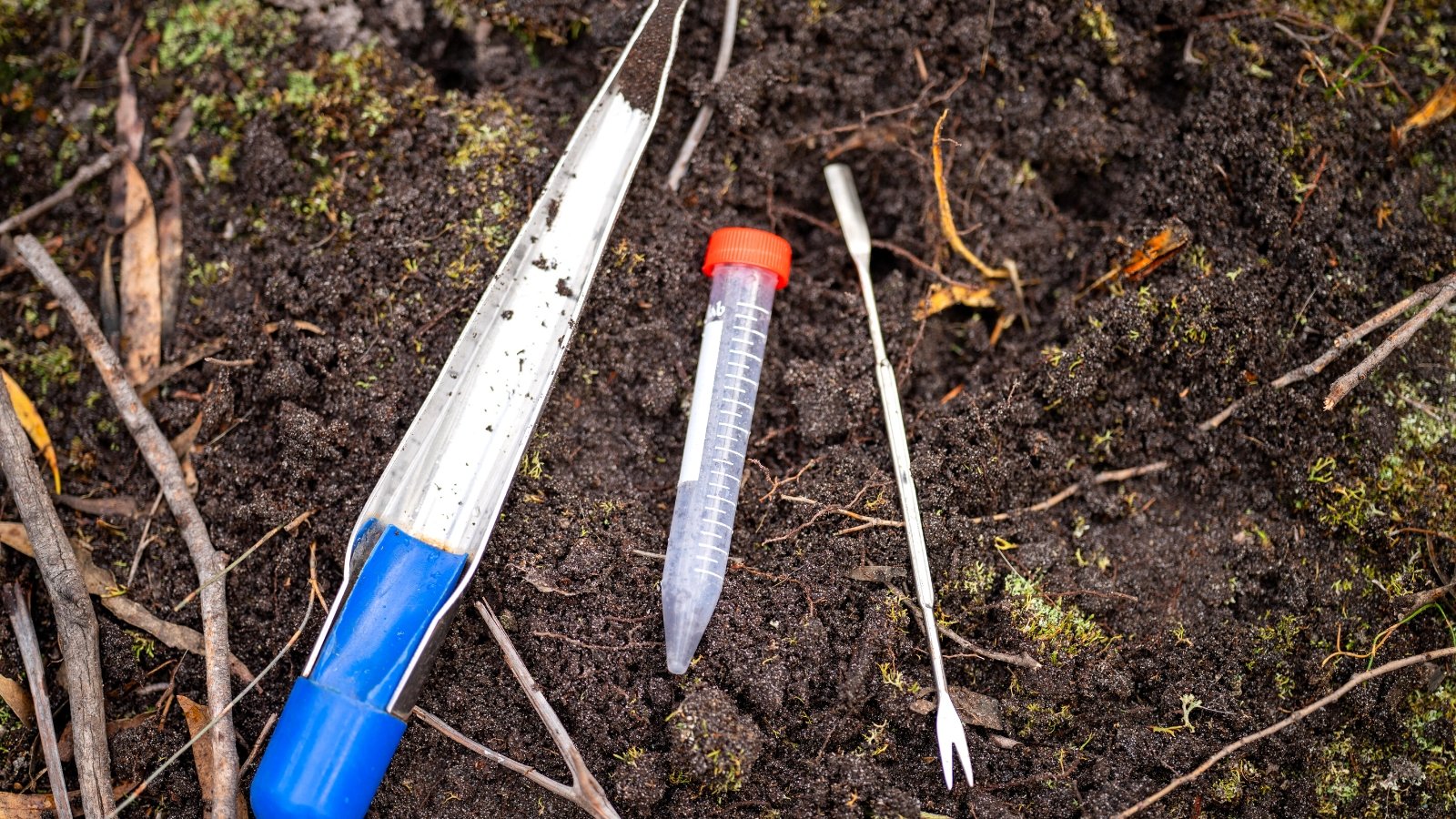
While public soil testing labs can be great community resources, they vary widely and can take a lot of time or effort. If you order an Epic Soil Analysis Kit, you get everything delivered right to your doorstep so you can get your test done in less than 15 minutes.
The kit includes:
- Collection bag (recycled plastic)
- Paper instruction card
- Mailer Box (corrugated cardboard)
- Prepaid Postage
- Lab Analysis Fee
- Customized Recommendation Report
Collect Samples
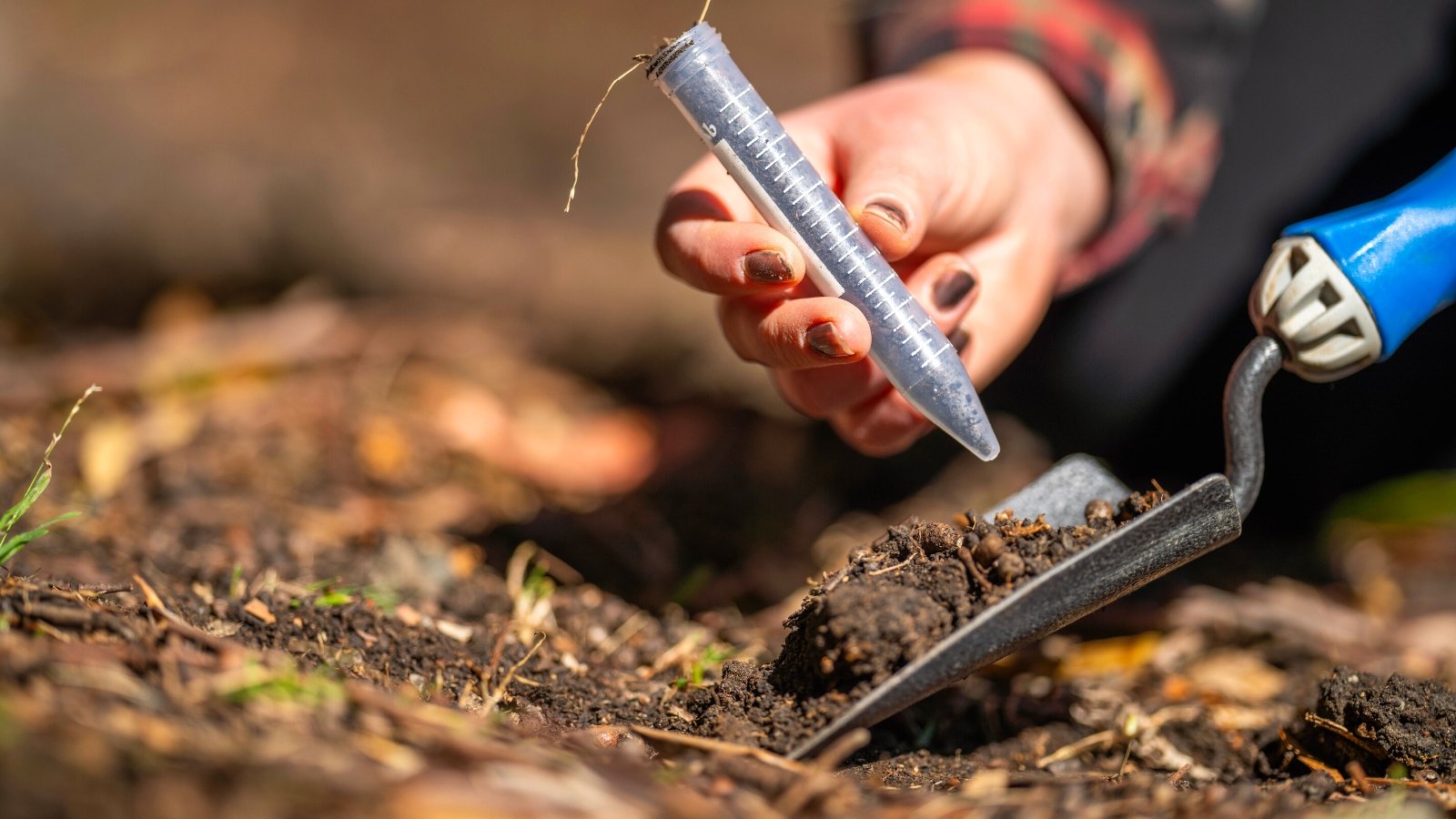
When you receive your kit, use a trowel or shovel to collect samples. It’s best to gather from a few different areas in a specific location. For example, if you’re starting new garden beds, you may gather soil from a few holes spaced several feet apart.
Aim to dig down 2-6 inches to the expected root depth for plants you’re growing. You don’t want to only gather soil from the surface because root growth happens deeper in the ground.
Bag it Up
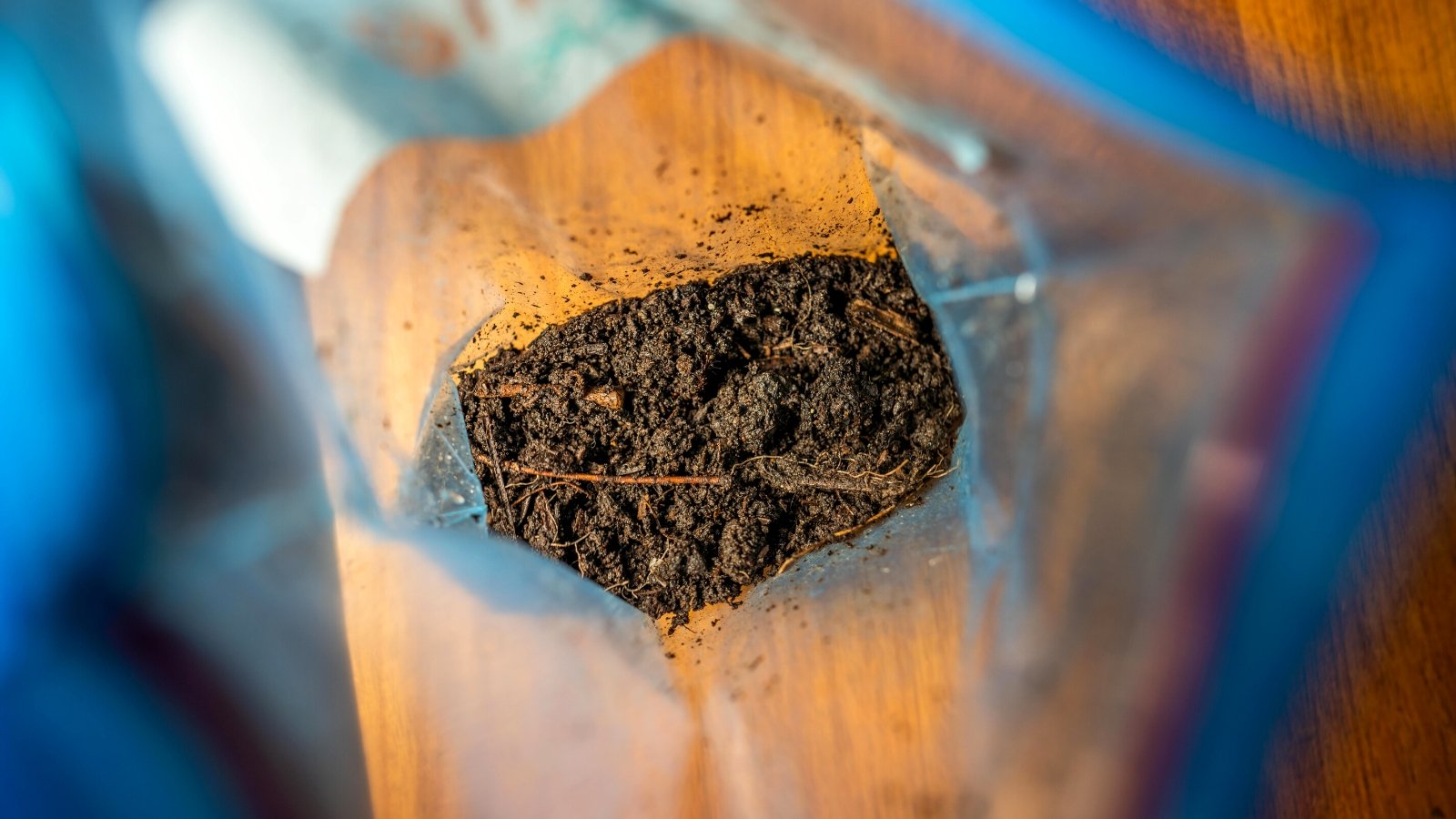
Clear away any vegetation, rocks, sticks, or debris, and place the samples in the bag. There is a dotted fill line to indicate how much you need. Then, seal it up!
Mail Your Samples
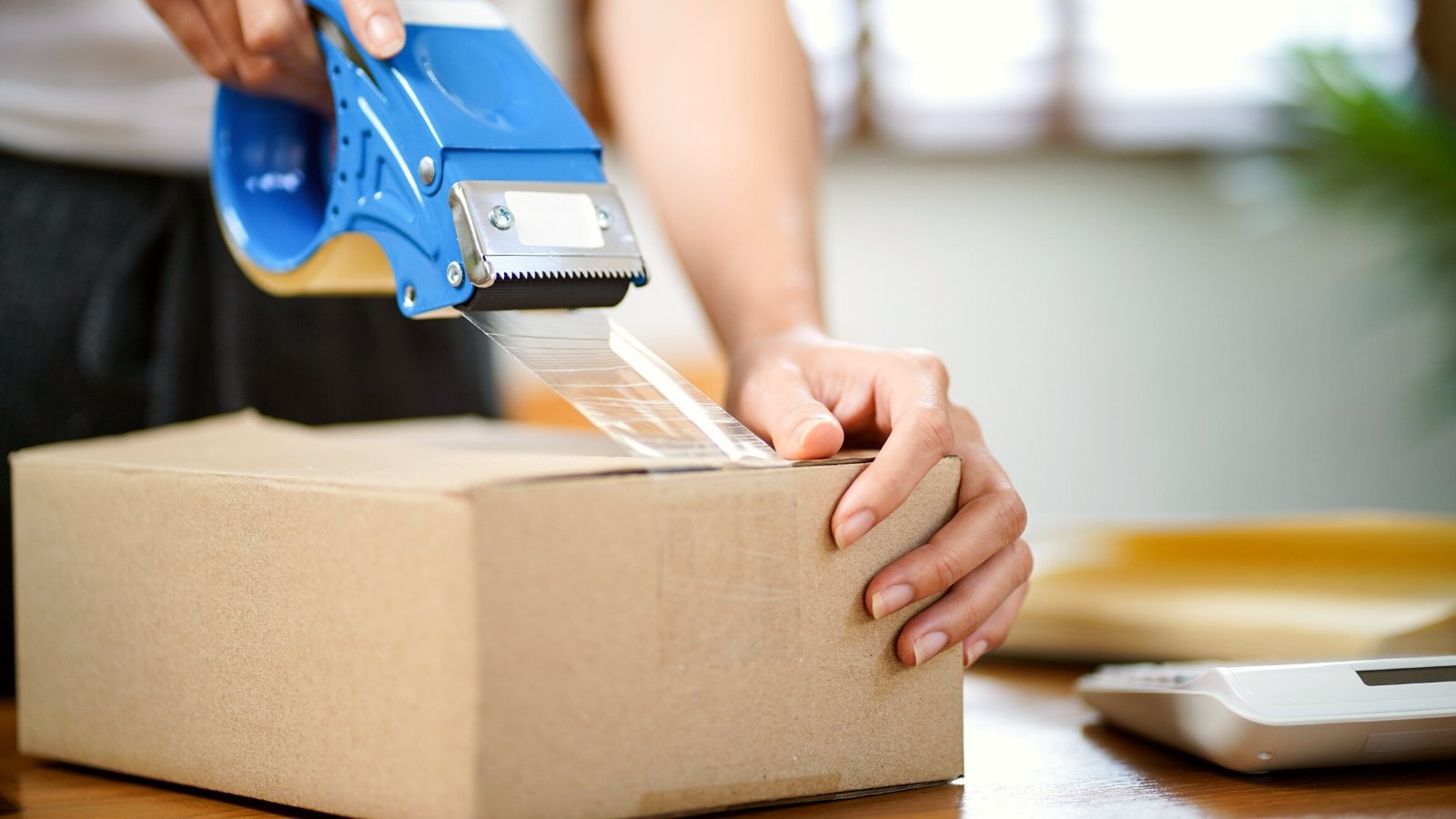
Place your sample bag in the included mailing box. The kit includes an attached tape seal and prepaid postage. You can keep the instruction card. Drop the box off at any USPS post office.
Register Your Test

Use the back of your instruction card to register your test online. You will receive an email when your results are ready. Many conventional tests can take weeks to finish, but the Epic Soil Analysis only takes 1-2 business days on average after the lab receives your samples in the mail.
Look at Your Results and Follow Recommendations
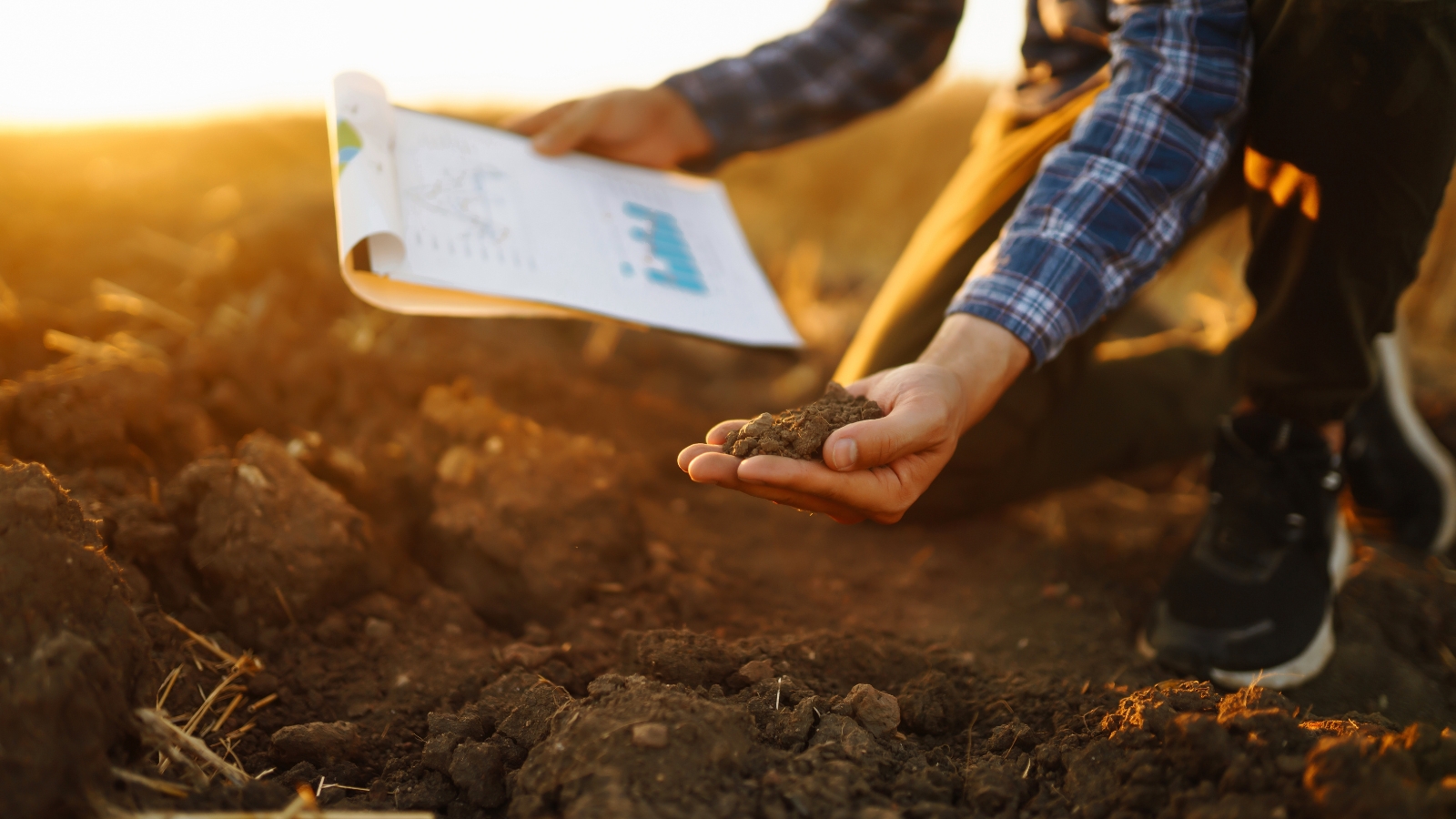
When the analysis is complete, you’ll receive an easy-to-understand PDF that outlines everything the lab found in your soil. It includes macronutrients, micronutrients, pH, and expert fertilizer and amendment recommendations. Another soil test benefit: you won’t be left in the dark trying to figure out what your analysis means; the document concisely explains what you need to add to the soil to bring it into balance for a healthy garden.
Final Thoughts
No more adding random products to your soil without knowing what your plants actually need! An analysis is the most precise way to uncover what is going on below the surface and how you can improve plant growth. A major soil test benefit is that it provides you with the information you need to prevent deficiencies and nutrient imbalances, while optimizing plant nutrition for the best veggies, flowers, and fruits possible!
Better yet, testing ensures you don’t waste money on unnecessary fertilizers or amendments. You also can make gardening more environmentally-conscious by preventing overfertilization and potential problems with leaching. It’s best to test at least once per year in the spring to help you prepare amendments for a thriving season ahead.

